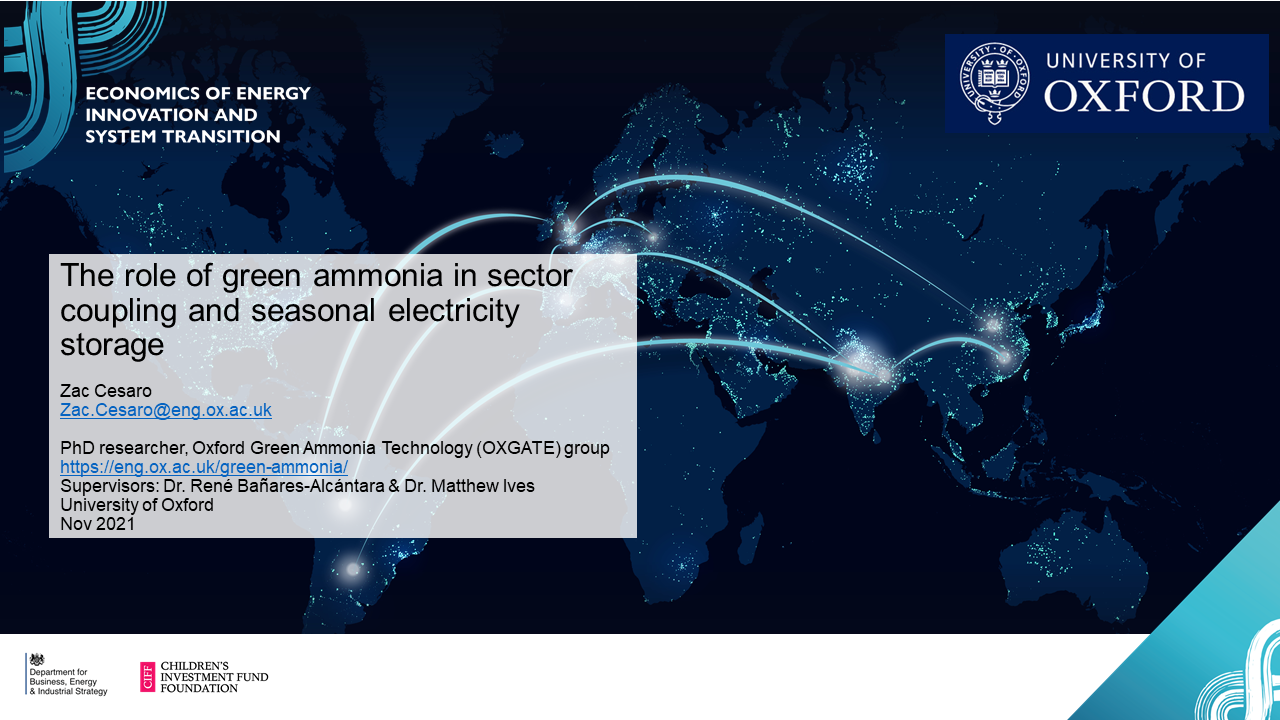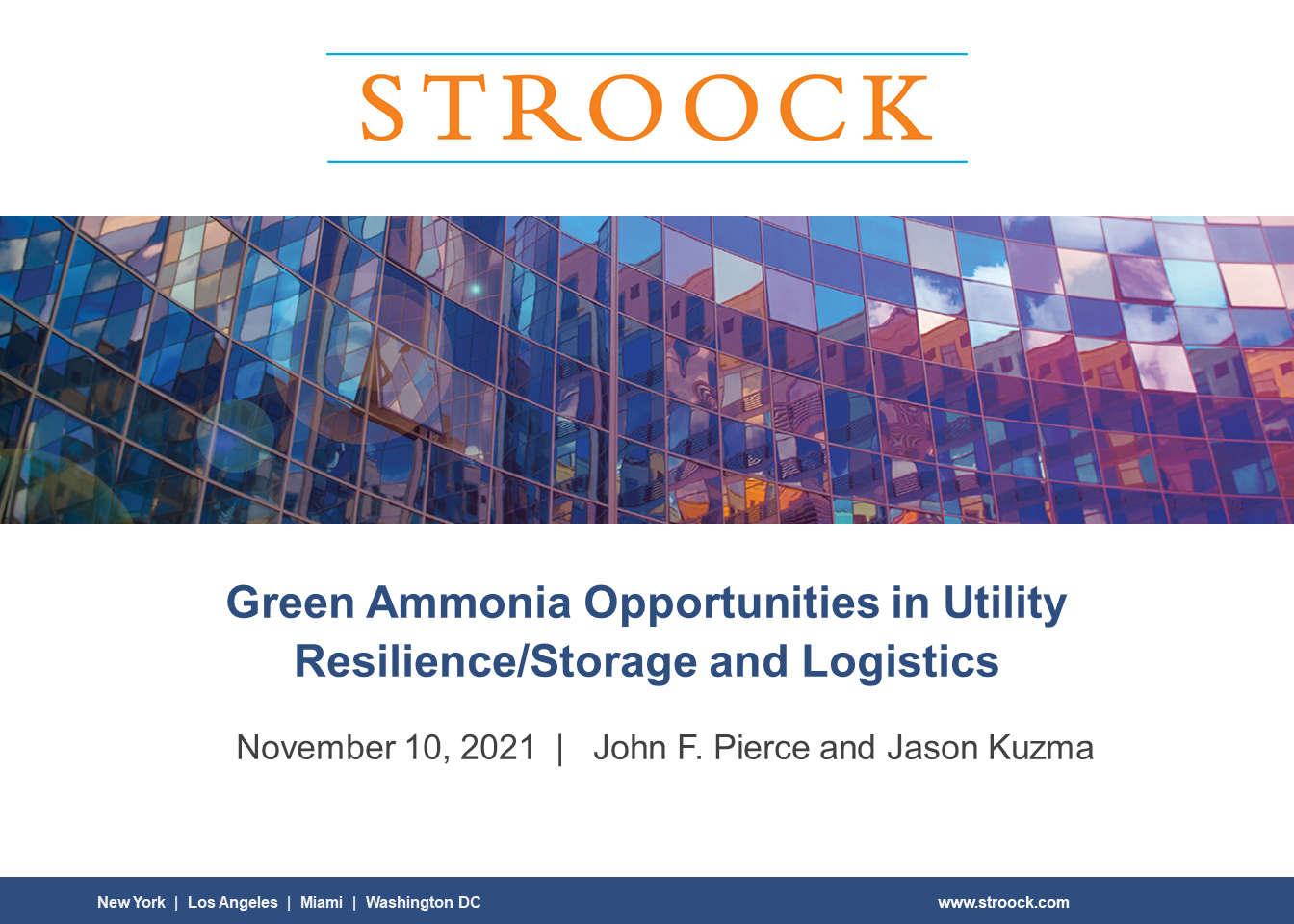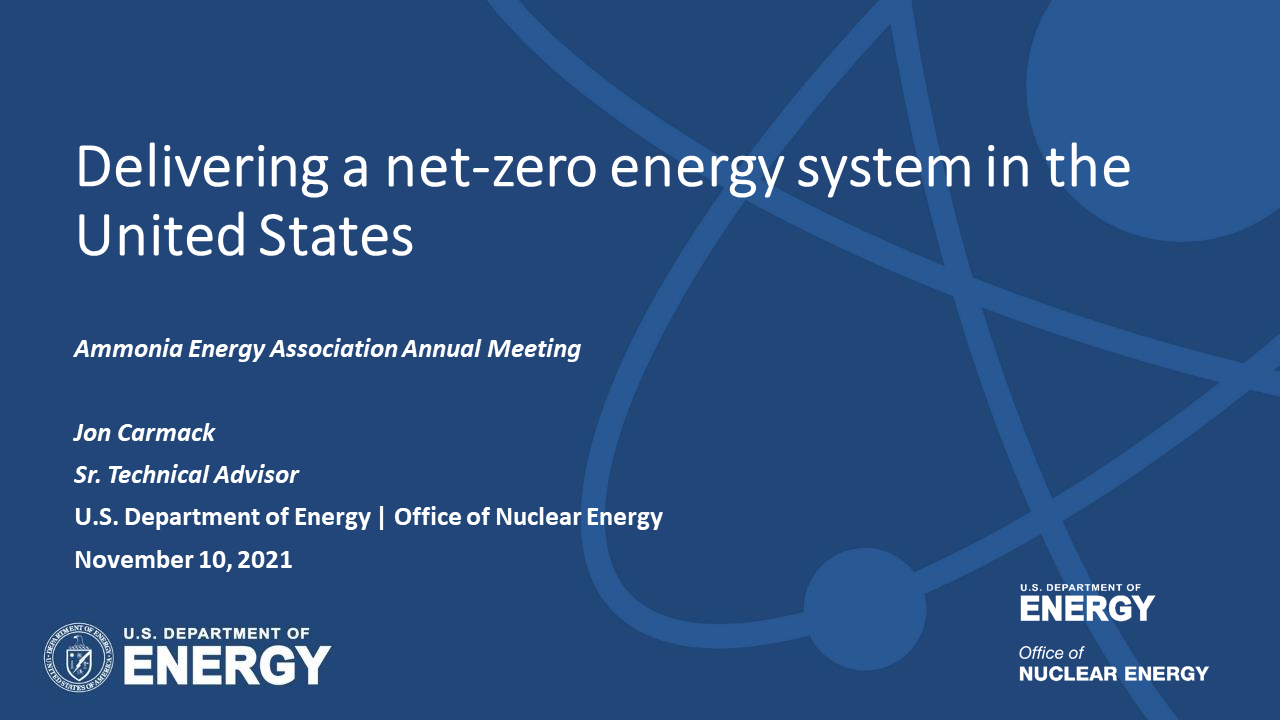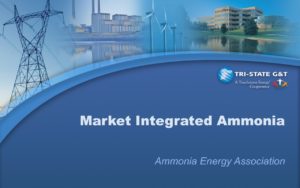NOV: Subsea storage of fuel ammonia
A high-profile industry consortium (including Equinor, Shell and ABS) will validate NOV’s subsea fuel storage system. NOV argues subsea storage will be a crucial element for effective distribution of ammonia as an alternative maritime fuel. Validation testing is expected to be completed by the end of next year, with the first projects deployed late 2024 to 2025.








